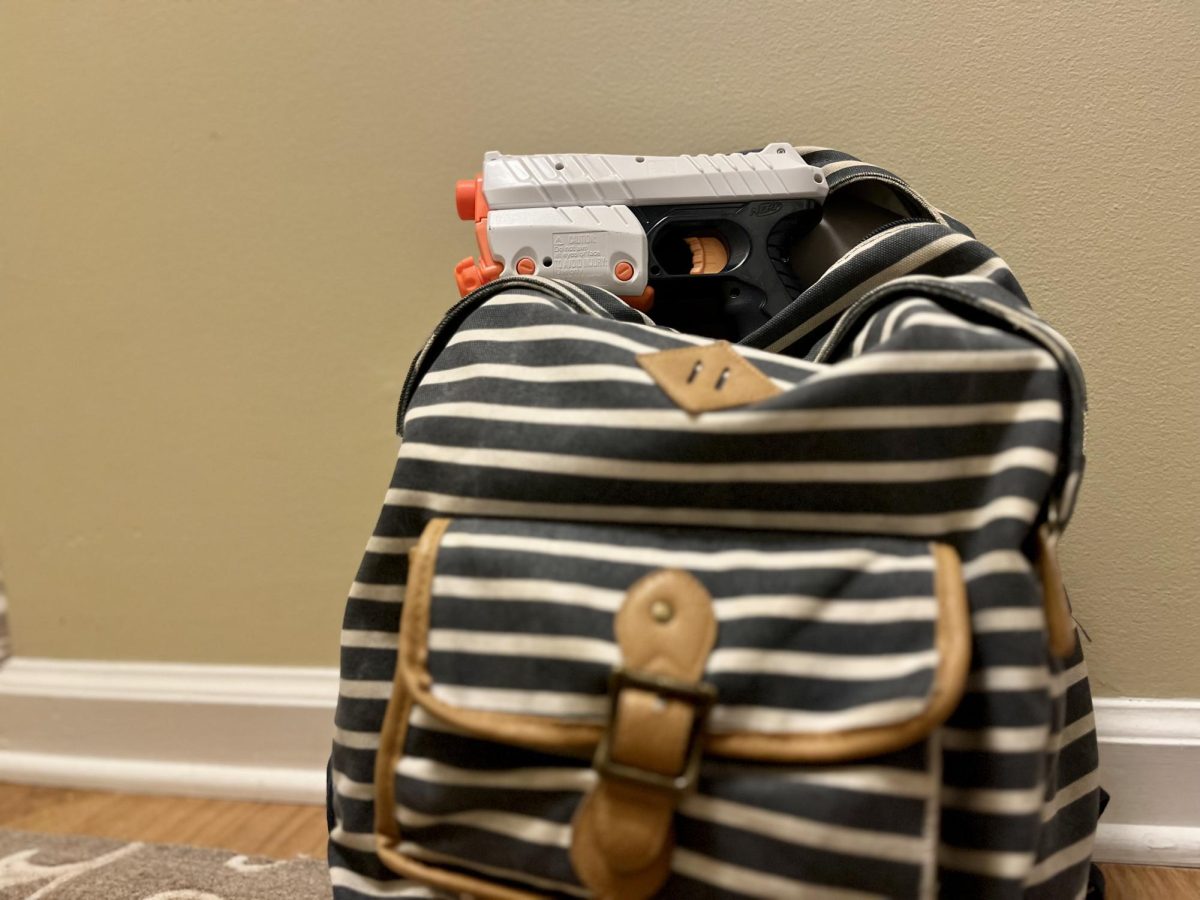There have been 394 school shootings in the U.S. since the shooting at Columbine High School on April 20, 1999. In just the first 4 days of 2024, there has already been a shooting at Perry High School. School shootings aren’t going away anytime soon and despite politicians’ “thoughts and prayers,” our government has made little progress in passing legislation to prevent them.
However, to determine the most effective way we as a county can prevent school shootings, it is important to identify how firearms fall into the hands of those who seek destruction. Before we begin, it is important to note that there is a distinction between a firearm and a gun. A firearm is a rifle, pistol, or any other kind of smaller, handheld gun. A gun is anything that shoots a projectile.
According to Everytown, the largest gun violence prevention organization in the U.S., 76% of school shooters acquire their firearm from the home of a parent or close relative. Moreover, in a study conducted by the U.S. Secret Service, 32% of school shooters acquire their firearm the day of the attack and an additional 20% acquire their firearm the day before the attack, accounting for more than half of school shooters nationwide. This issue does not solely rest on the shoulders of the school shooters themselves, but also the family members who enable them easy access to a firearm.
The bottom line is more than ¾ of school shooters in the U.S. have easy access to a firearm through a family member’s home. Instead of spending its resources on profiling school shooters and restricting where individuals can purchase firearms, Congress needs to shift its attention to the safe storage of firearms.
According to the Kaiser Family Foundation (KFF), 34 states have laws preventing child access to firearms. However, only a mere 8 states require safe storage or gun locks. Additionally, of the ⅓ of American children who live in homes with firearms, 43% of those households contain at least 1 unlocked and loaded firearm.
Our government’s failure to crack down on the safe storage of firearms places weapons in the hands of those who seek destruction. By not making the safe storage of firearms mandatory in all 50 states, we are indirectly prolonging the effects of school shootings.
However, if our government worked to pass nationwide legislation mandating the safe storage of firearms, the number of school shooters who acquire their firearms from a family member’s home would decrease significantly. Instead of having an easily accessible firearm, potential school shooters will have to search harder and farther to find a weapon, potentially discouraging some individuals.
An additional step Congress can take to ensure the safe storage of firearms is requiring gun buyers to have firearm training, including a mandatory lesson on how to store firearms safely. This additional safety precaution can educate gun owners on the deadly consequences of incorrect firearm storage and stress the importance of the safe storage of firearms. However, according to Everytown, a mere 9 states currently require firearm training upon purchase.
The problem doesn’t lie within where individuals can purchase a gun, it lies in the failure of Congress to require the safe storage of guns away from children and teens.

